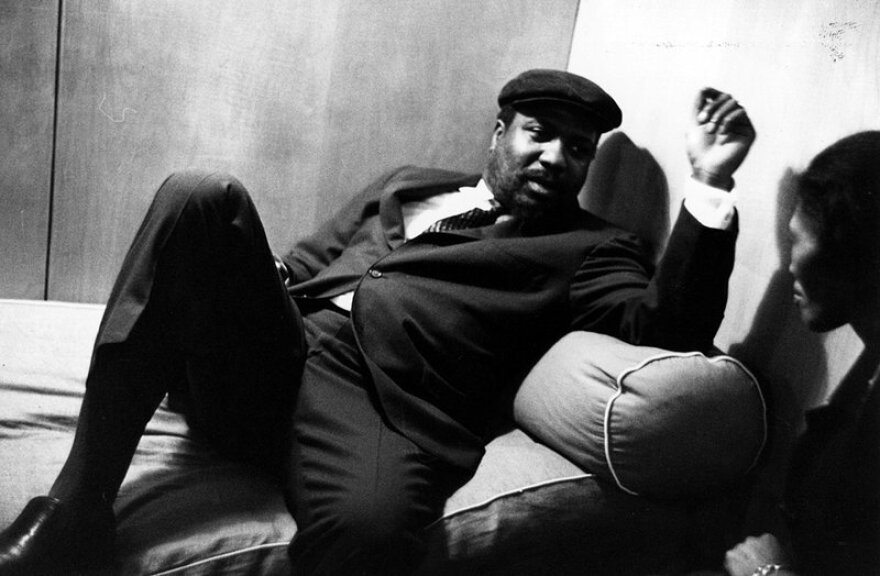Every holiday has its jazz soundtrack, though some yield more copious results than others.
When Thanksgiving rolls around, one tune stands above all: “Stuffy Turkey,” a lesser-known entry in the glorious songbook of Thelonious Monk.
The track originally ended Side A of the 1964 Columbia album It’s Monk’s Time. Monk appears on the album with a quartet featuring Charlie Rouse on tenor saxophone, Butch Warren on bass and Ben Riley on drums. Listen to the track, a rhythm-changes tune at a sauntering clip, and it’s almost impossible not to tap a foot (and maybe crack a smile).
Along with Rouse’s characteristically dry and debonair solo, the track is worth studying for Monk’s piano improvisation, which begins around the 3:25 mark. He rephrases the song’s melody a few different ways, leaving plenty of open space between punctuation marks. During one stretch, which begins around 4:05, he seems almost to be comping for a phantom horn soloist. (This runic sparseness is intentional, of course, and largely the point.)
Monk was riding high when he recorded It’s Monk’s Time, in January of 1964. The previous year had been the most lucrative of his career: according to research by Robin D.G. Kelley, his gross receipts for performances amounted to $53,832, and he had royalties totaling $22,850. One month after the recording date, Monk appeared on the cover of Time magazine.
That rare distinction probably had some influence on the title of It’s Monk’s Time. The album certainly puts a good foot forward, with three jazz standards and three Monk originals, of which “Stuffy Turkey” is one. But you could argue that “Stuffy Turkey” is a co-creation of sorts, given that Monk openly based the A section of the tune on a Coleman Hawkins ditty, “Stuffy.”
There’s some debate over whether “Stuffy” was a true Hawkins composition or something he composed with the pianist Sir Charles Thompson. As Kelley suggests, in Thelonious Monk: The Life and Times of An American Original: “Thelonious associated the tune with Hawkins, and, given their resurgent friendship during this period, he probably recorded it as a tribute to him.” Monk’s alterations to the tune are small but significant: he creates a new bridge, stamping the proceedings with his own unmistakable style.



